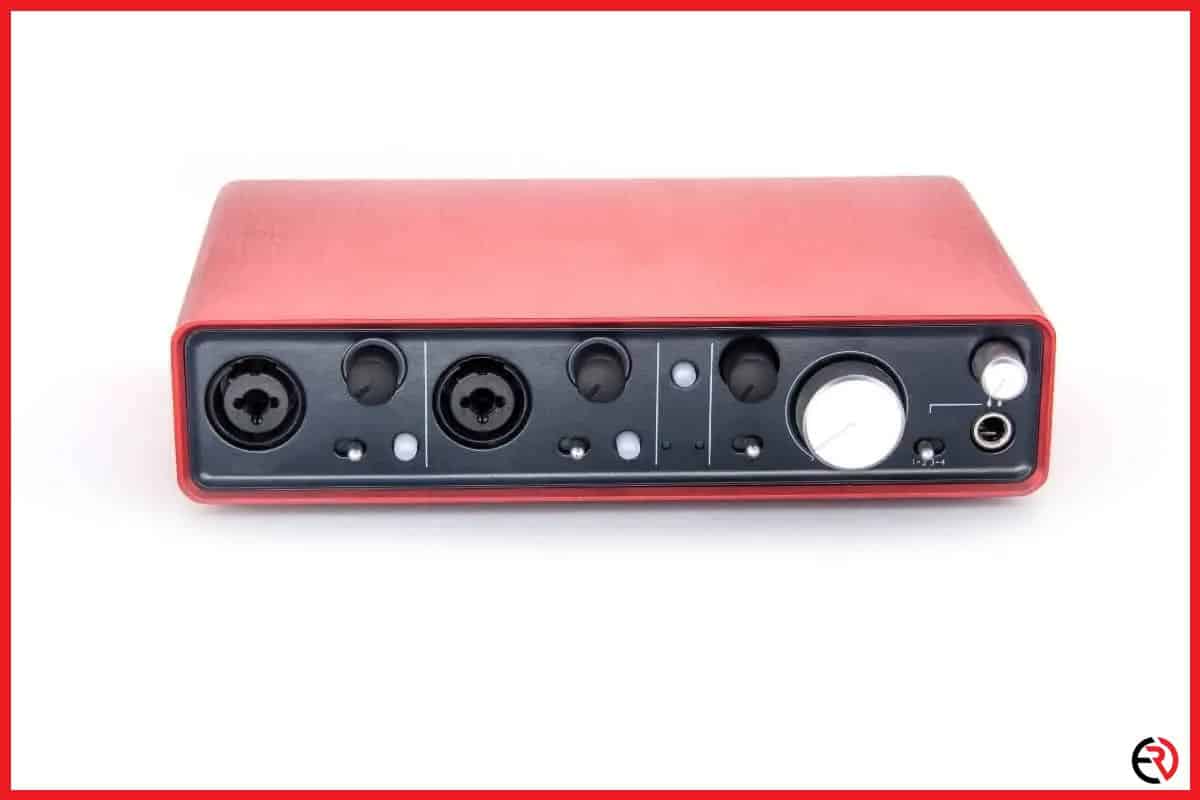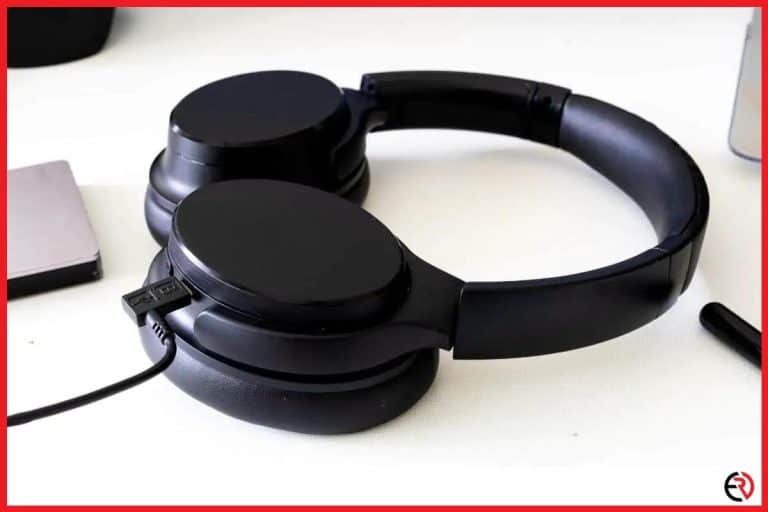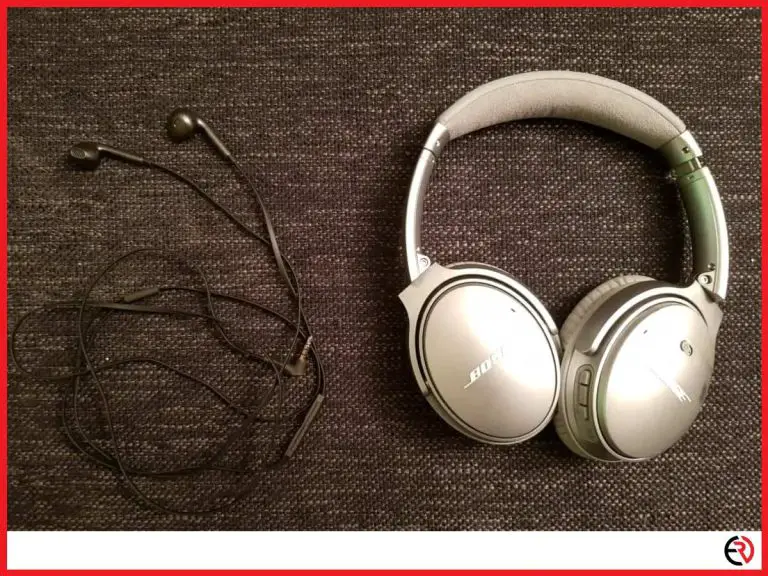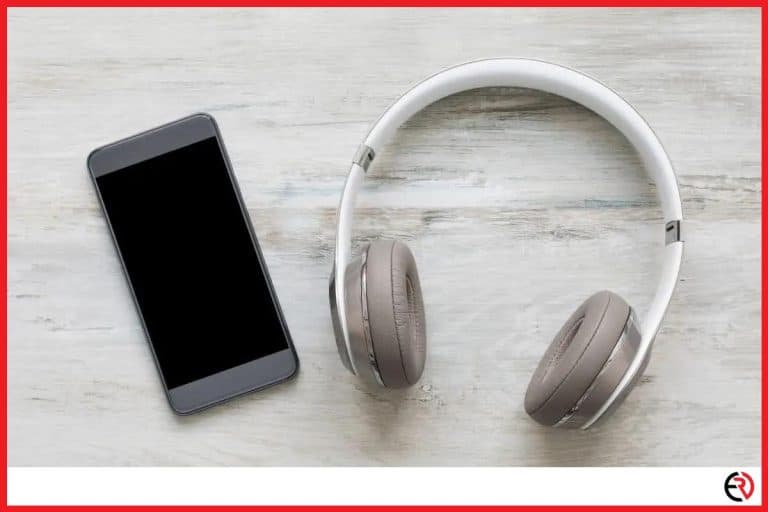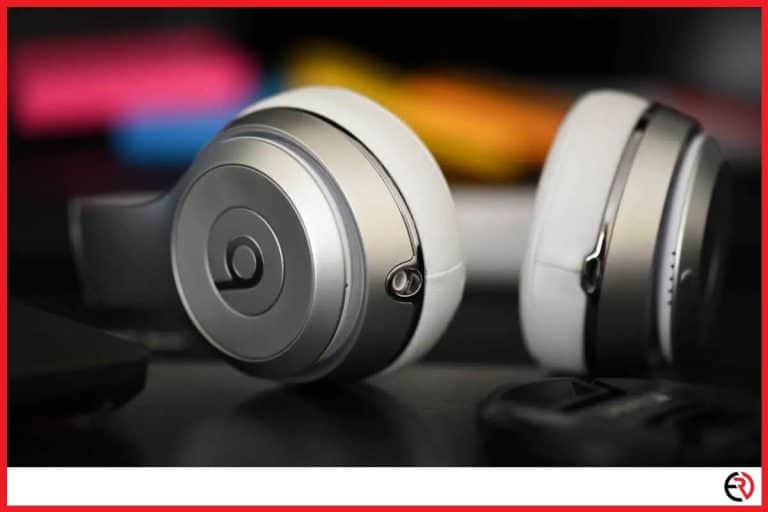Do You Need a Headphone Amp if You Have an Audio Interface?
This post may contain affiliate links which means that, if you choose to make a purchase, I may earn a small commission at no extra cost to you.
An audio interface is quite different compared to a headphone amplifier. They may share some similarities but an interface offers way more control over the performance of your headphones than an amp. You can argue that buying a better headphone is a more favorable option, but what if told you that an amp can enhance the music quality of even the most expensive of headphones?
No, you don’t need a headphone amp if you have an audio interface. However, if you are not satisfied with the overall music quality of your interface and if low gains and poor clarity haunt you, then opting for an amplifier is the better option, as it lets you tweak your headphone better.
In this blog, I discuss how headphone amps work, whether they are necessary, and how they can benefit you in the long run. So, read on if you want to know which is a better deal. A music interface or an amp.
What is a headphone amp?
A headphone amp is a low-powered device that amplifies the low-voltage audio signals from the source so that you can enjoy loud and clear music in your ear. It does this by amplifying the line-level signal audio from the audio interface and feeding it to the output aka your headphones.
It sounds more complicated than it actually is. You simply plug the amp into your source device like a smartphone, laptop, or computer, and then connect the headphone to the amp. Now you have more control over the music that’s being produced from the device. You can adjust its gain, control the loudness, and do tons of other things which were not possible before.
Is a headphone amp necessary?
No, a headphone amp is not necessary, but its cost to value ratio is insane. You will not get ‘Bose’ levels of the sound effect by simply attaching an amplifier to a $50 headphone. However, it will greatly increase the sound quality of all headphones, both cheap and expensive ones.
A typical headphone amp usually costs between $20 to $40 which is nothing compared to premium headphones. But in the long run, you can use the device with all your headphones, both cheap and expensive. The amp will only enhance your listening experience no matter what kind of headphones you buy.
I personally prefer FiiO E10K because of its portable nature and the Pyle PHA40 if I am working in a studio and need extra input for a mixer. Better-designed amplifiers can power quieter and less sensitive headphones, so do a bit of background research on your headphones before deciding on an amplifier if you want the best results.
Benefits of having a headphone amp with an audio interface
1. Better audio quality– Headphone amps noticeably improve the overall audio output in terms of clarity and sound dynamics. The change is noticeable even to the untrained ear and considering the $20-25 price tag, it’s way better than coughing up a few hundred bucks for a better headphone.
Although you should not expect drastic changes, otherwise the expensive brands like Bose and Sennheiser will go out of business.
2. Best for high impedance headphones– High impedance headphones require a lot of power to play at their full potential. You can read about this in a later section. For now, note that high these headphones usually require an impedance of 100 ohms or above.
The inbuilt amps lack sufficient power to drive the speakers on these headphones. Part of this is the manufacturer’s attempt to protect your ears from blaring noises, but if you are an audiophile like myself, and want to enjoy the music in all its glory, then a headphone amp is the way to go.
3. Better controls– If you are just starting to experiment with music and confused as to why your compositions are not sounding as they are supposed to, then chances are that the amplifier is not working well.
Routing your headphone into an amplifier before connecting them directly into your mixer or your laptop gives you better controls. You can modulate the gain and loudness with far better accuracy and given the price of these little devices, the cost to value ratio is simply a no-brainer.
Headphone amps and impedance
As you have read earlier, headphones or any speakers for that matter come with an impedance rating, often expressed in ohms. Impedance is the resistance your headphones offer to the current that is being transmitted by the amplifier, which depending on the quality can range from 8 to 600 ohms.
I have a few friends who are not audiophiles and are often satisfied with headphones that have an impedance rating of 20 to 40 ohms. I on the other hand always prefer at least 64 ohms headphones as more voltage means I can listen to much clearer audio. Now 64 ohms headphones can be quite costly, so if you’re using a low impedance headphone, I suggest you use an amplifier for the additional boost.
Lower impedance headphones require more current and are generally louder than normal ones. Even then you can use an amp to boost its overall sound quality even further.
Do you need an audio interface even if you have an amp?
It depends on your requirements. A music interface is a must-have if you are a composer and like to create music. However, if you simply want to listen to louder and better audio, then an amp is a much more affordable solution.
Creating music is a lot of work and most of it involves editing your piece after the initial recording. You cannot edit what you cannot see. If you have a passion for music and are looking to create a home studio, then an audio interface should be your first priority as you get to connect all sorts of speakers, microphones, earphones, and equipment into an audio interface.
You should only invest in a headphone amp after you have done some initial testing on your music system and are unsatisfied with the results.
That makes sense because a dedicated interface costs way more than your regular headphone amplifier. If your only priority is to enjoy louder and better-sounding audio, your money is better spent on an amp or decent DAC (Digital-to-analog) converter. Otherwise, go for an audio interface.
F.A.Q.
Can an audio interface be used as a headphone amp?
Yes, you can use an audio interface as a headphone amp. Usually, most audio interfaces come with a built-in headphone amplifier. It’s not advised because audio interfaces are costlier than amps. If your sole purpose is listening to music, go for an amp instead.
Can I connect a headphone amp into an audio interface?
Yes, you can connect a headphone amp into an audio interface and the best way to do so is by using a 1/4“ RCA or TRS cable.
Can I use audio interface output directly for headphones, or do I need headphone amps?
No, you cannot use audio interface output directly for headphones. In most cases, you will need a headphone amp. Although most interfaces come with a dedicated headphone jack these days, they are not as good as an amp.
Conclusion
You should have all your questions answered by now. Now for the actual setup, I advise you seek help from a professional otherwise you could end up damaging your equipment. I know because I messed up my setup when I was getting into all this. Do your research and make sure to seek help, when you’re confused. Good Luck!

